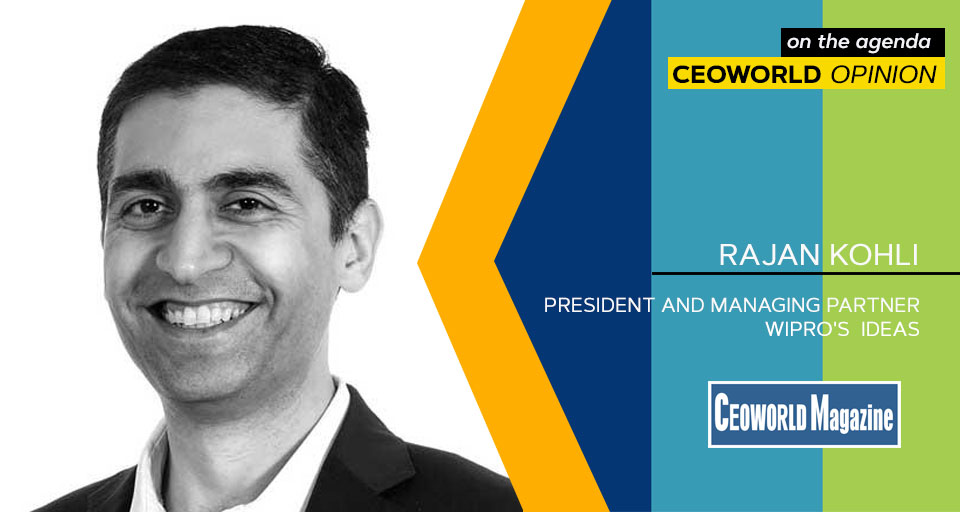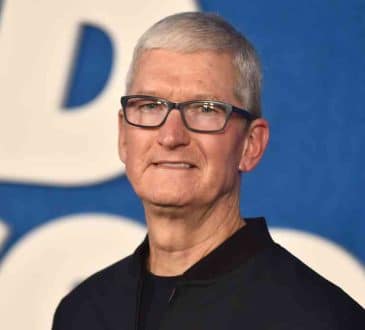6 Questions to Help Determine Ecosystem Next Steps and Ideal Partners

The customer journey should determine a business’s ecosystem. To map the customer journey, leaders should reach out to peers and partners who can help the company realize what customers are looking for and the changes necessary to meet those demands. Then, the enterprise can begin building and shaping its ecosystem more effectively. Here are six questions enterprise leaders can ask to better understand their customers’ journey and, therefore, the best strategy to build a dynamic and transformative business ecosystem.
Enterprise leaders no longer question the value of the ecosystem. Where they might diverge is how they find and define value.
For example, companies initially embraced the cloud ecosystem for its cost-saving attributes, while the past year saw businesses flock to it for improved reliability, scalability, and agility. As diverse as those goals may be, their diversity is dwarfed by the spectrum of tools, people, and expertise required to effectively achieve them. Enterprises today need an ecosystem to transform their business and drive innovation. But how can companies start to build it?
Companies that will succeed in the “new normal” are those that can respond the fastest, keeping the digital transformation at the core of their business strategy. Developing a robust, integrated, and innovative ecosystem can be a big enabler in driving a successful digital transformation journey. But in order to respond, companies must know what they’re responding to — and that’s often tied directly to the customer journey.
Leaders must reach out to peers and partners who can help the company realize what customers are looking for and the changes necessary to meet those demands. With that information in hand, the enterprise can begin building and shaping its ecosystem more effectively, impactfully, and efficiently.
Here are six questions enterprise leaders can ask to better understand their customers’ journey and, therefore, the best strategy to build a dynamic and transformative business ecosystem.
- What’s our business strategy?
This question seldom arises in ecosystem discussions, but it’s critical to ask at the outset. Asking questions related to the comprehensive business strategy can illuminate the target customers, applicable partners, their intended engagements, and how their needs may evolve during their journey with the brand. What is the overall business objective? What do we want to drive out of any proposed changes? What is the purpose of any specific action? Is there a step change?
Answering these questions early helps to identify the right ecosystem needs, players, and partners to make these business objectives happen. - How’s the end-user experience?
Taking a design-thinking approach, doing design walkthroughs and interviewing customers can provide valuable insights. If a customer already uses a platform and can suggest improvements, or if an enterprise is launching a new product or service and seeks customer input first, the company can immediately identify gaps in its ecosystem that need addressing.
Keep in mind that some customers will always be skeptical. Don’t let a few obscure comments or reviews steer the conversation or influence the ecosystem too much. It’s important to listen to all feedback, but remember to action the most critical and important ones. There will inevitably be outliers, but the focus should be to prioritize the feedback that’s received from the majority of the user base to build the best ecosystem and generate the best results. - Is everything going well?
Perform periodic check-ins, perhaps at three- or six-month intervals, to ask two simple but critical additional questions: What’s working? What’s not? Don’t wait too long: Acting quickly gives the company the maximum chance to change tactics and adapt its ecosystem if need be or double down on those aspects that are performing well.
Also, make sure to ask these questions at different points of the customer journey, as a user’s needs and impressions are sure to change over time and according to their place in the funnel or life cycle. We have seen how mobile apps improve in just that way, as feedback provides valuable insights into ease of use, time saved, and features that are (and aren’t) working. - Are the moving parts integrated and working seamlessly?
An effective ecosystem depends on interoperability. For instance, multiple companies offer CRM software and many others offer ERP functionality, but they may not be fully compatible with one another and they don’t always play nicely in the cloud sandbox. Be sure to pose this question regularly across the business. As new use cases emerge — either due to changing markets or evolved customer demands — a company may need a new external solution. Will that solution work well with the current set of technologies?
Whether working with in-house teams or outside partners, make sure they have the competence to craft interoperable solutions that span every part of the customer journey. If a company’s technology wows during onboarding but falters during service, the customer will likely disengage. And most companies’ goal is to earn a customer for life. Don’t let a lack of ecosystem interoperability get in the way of that. - Should we build? Buy? Or both?
Whenever customer feedback indicates the need for change, companies are forced to choose between buying a third-party solution, building it themselves, or a hybrid approach. The deeper analysis here will regard things like return on investment, the aesthetics, the usage, the technology, and other issues.
When leveraging third-party solutions, businesses need to consider the time it might take to build. If the need is immediate, understand that a loss of time often correlates to a loss of customers and mindshare; it would be too costly to build in this scenario. The same goes if the solution benefits from insights across industries and/or cross-segments of customers, as a third-party solution will often be better-tuned because of the access they will have across implementations.
Other common factors to consider are the ability to rapidly build prototypes and translate concepts into minimum viable products to test and iterate in the market before scaling; the availability of talent and a commercial model to reduce operational and financial risk; and alternate financial outcomes such as guaranteed returns, high ROI, and predictable profits. - What will help us maintain our competitive edge?
One of our clients approached us about a user portal upgrade, but after really probing their business objectives, we recommended that they instead increase their customer-facing channels and establish a new sub-brand. The client would never have come to this conclusion had we not explored how it could best stay competitive. To that end, always be looking outward. Leaders need to be able to spot industry trends and adapt to them quickly. The way customers continue on their individual journeys and use the platform will constantly evolve, so establish a system that is responsive and reflexive. Be nimble, and be quick.
To maintain a competitive edge and thrive in the market, it’s important to keep the voice of the customer as a key input for road-mapping and strategy. Periodically check to make sure value is being created for the customer, and that the company’s products and services remain relevant. To that end, nurture a trusted clientele with whom ideas and experiments can be tested and piloted. Furthermore, organizations that can sense what customers need before they explicitly ask will create market attractiveness, and those that constantly monitor new trends and established competitors will routinely do better at differentiating themselves from the pack.
In summary, creating an ecosystem is rarely easy, and an ecosystem is never truly complete. As markets evolve, so too will the resources required to succeed. But understanding a customer’s journey provides a clear path to building an effective ecosystem, especially in the omnichannel world in which we now live. When a company understands how, when, where, and why a customer engages, it can begin to build an ecosystem that enables it to respond appropriately.
———————
Written by Rajan Kohli, the President and Managing Partner – Wipro’s Integrated Digital, Engineering and Application Services (iDEAS) Business Line.
Add CEOWORLD magazine to your Google News feed.
Follow CEOWORLD magazine headlines on: Google News, LinkedIn, Twitter, and Facebook.
This report/news/ranking/statistics has been prepared only for general guidance on matters of interest and does not constitute professional advice. You should not act upon the information contained in this publication without obtaining specific professional advice. No representation or warranty (express or implied) is given as to the accuracy or completeness of the information contained in this publication, and, to the extent permitted by law, CEOWORLD magazine does not accept or assume any liability, responsibility or duty of care for any consequences of you or anyone else acting, or refraining to act, in reliance on the information contained in this publication or for any decision based on it.
Copyright 2024 The CEOWORLD magazine. All rights reserved. This material (and any extract from it) must not be copied, redistributed or placed on any website, without CEOWORLD magazine' prior written consent. For media queries, please contact: info@ceoworld.biz
SUBSCRIBE NEWSLETTER








